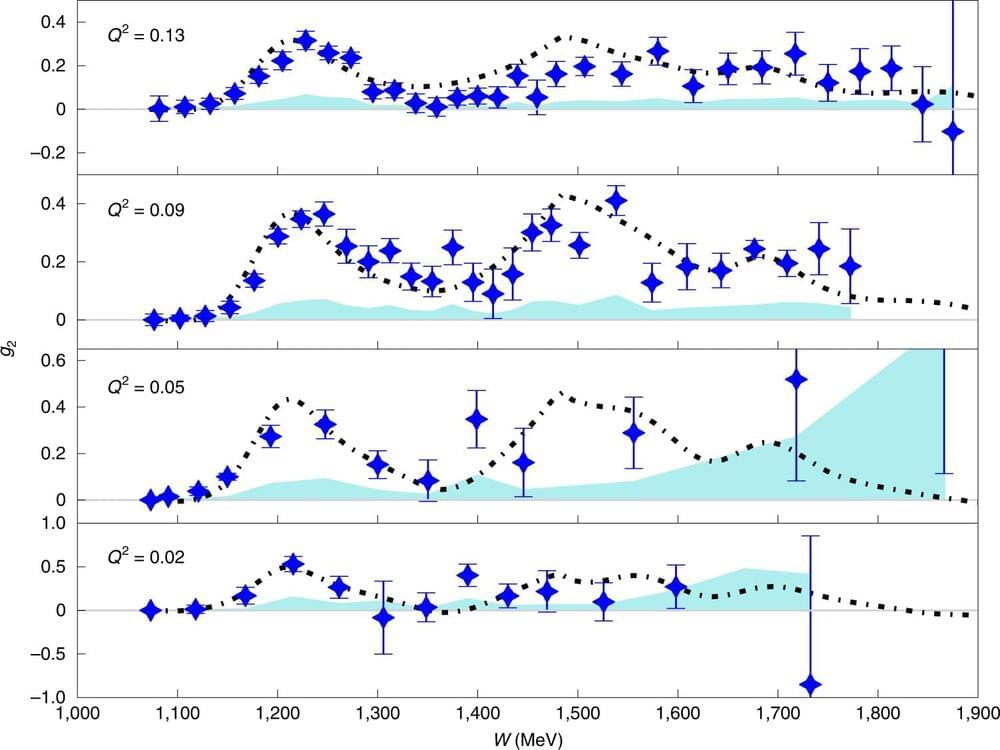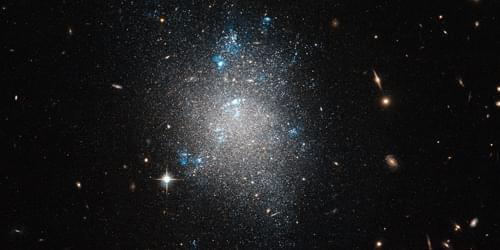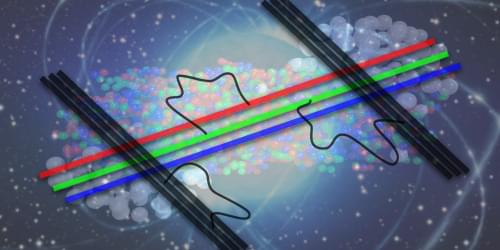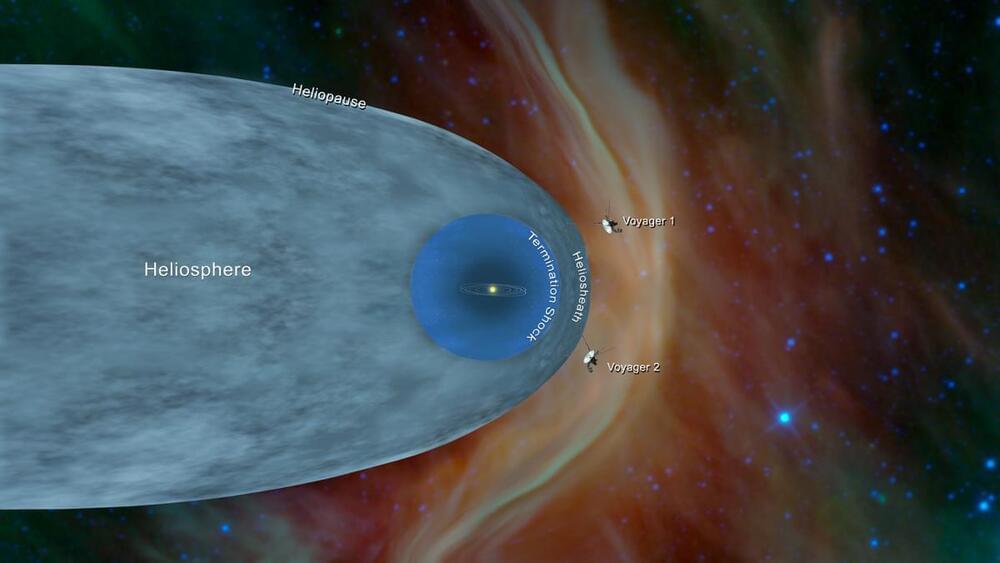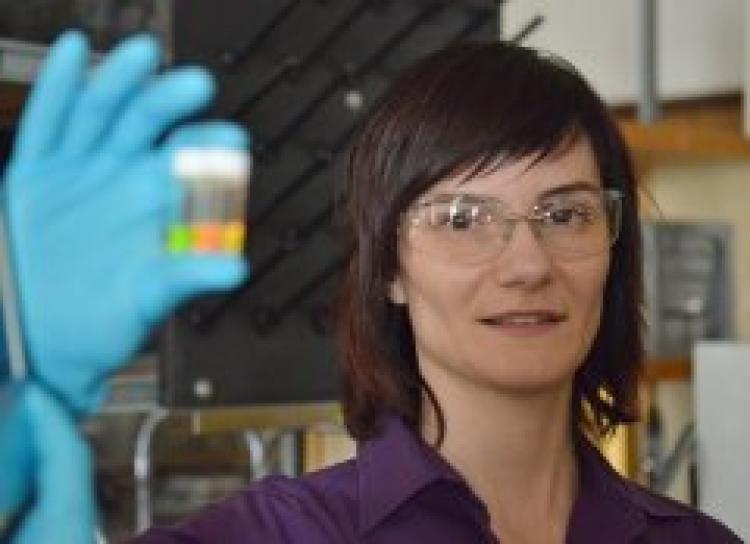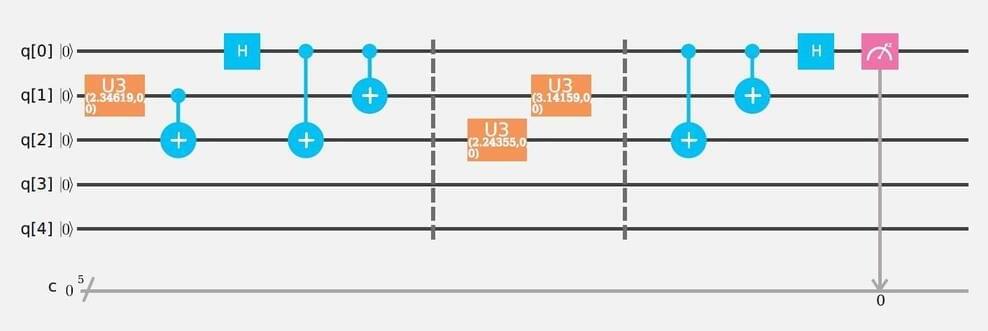Does the Earth make a sound? Yes! and it’s very eerie!
The European Space Agency (ESA) recently released 5 minutes of haunting, crackling audio. Revealing what Earth’s magnetic field sounds like. Called the Magnetosphere, it is generated deep within the Earth’s interior, at its core. It extends out into space, creating a strong protective shield against things such as charged particles zipping out of the Sun, called the solar wind. And Without this powerful magnetic field, Earth would likely be a barren, cold, dry world. The audio clip you are about to experience might sound like the stuff of nightmares, but sit back, relax and listen to the strange creaking, crackling and rumbling of our planet’s protective shield. This is the sound of the Earth’s magnetic field.
Find out more about this audio clip — https://www.esa.int/Applications/Observing_the_Earth/FutureE…etic_field.
Remember to like and subscribe for much more to come! Thanks for watching! V
Want to help support my channel? Then why not buy me a coffee with a Super Thanks? Just click on the love heart below the video, and instantly you will be considered a V101 Legend! V
I’m also on PATREON! You can help support my channel and gain added perks! Join the community and become a V101 member or Patron Today
https://www.youtube.com/channel/UC_MTPqgFSm_8WUWaCHIfUgQ/join.
